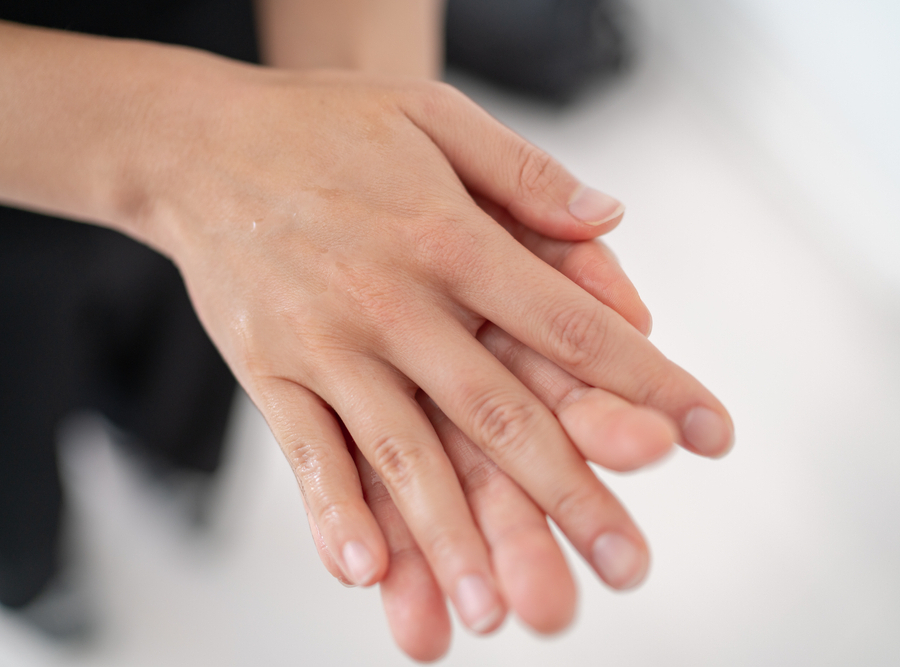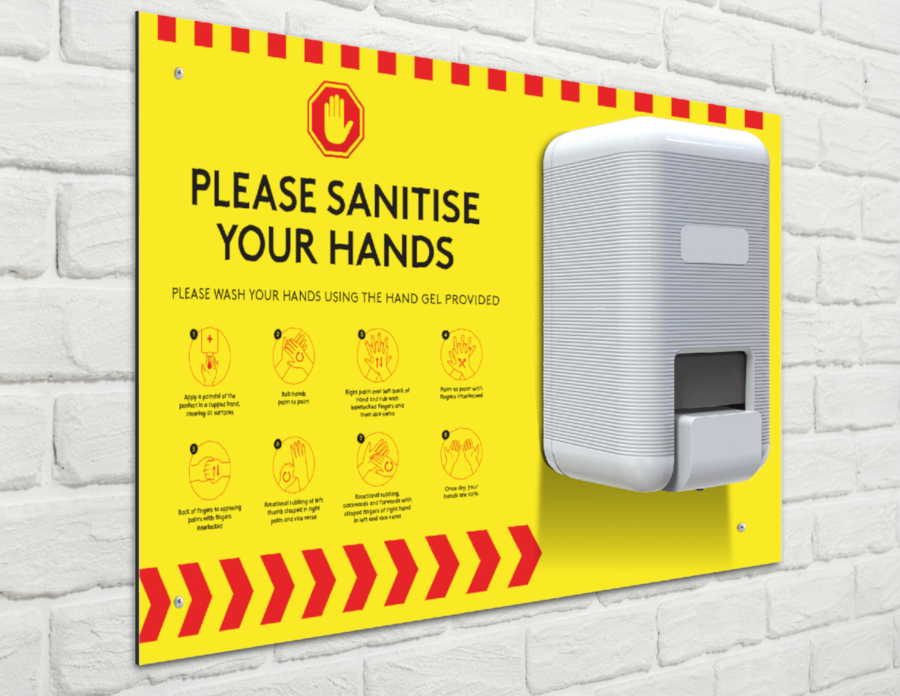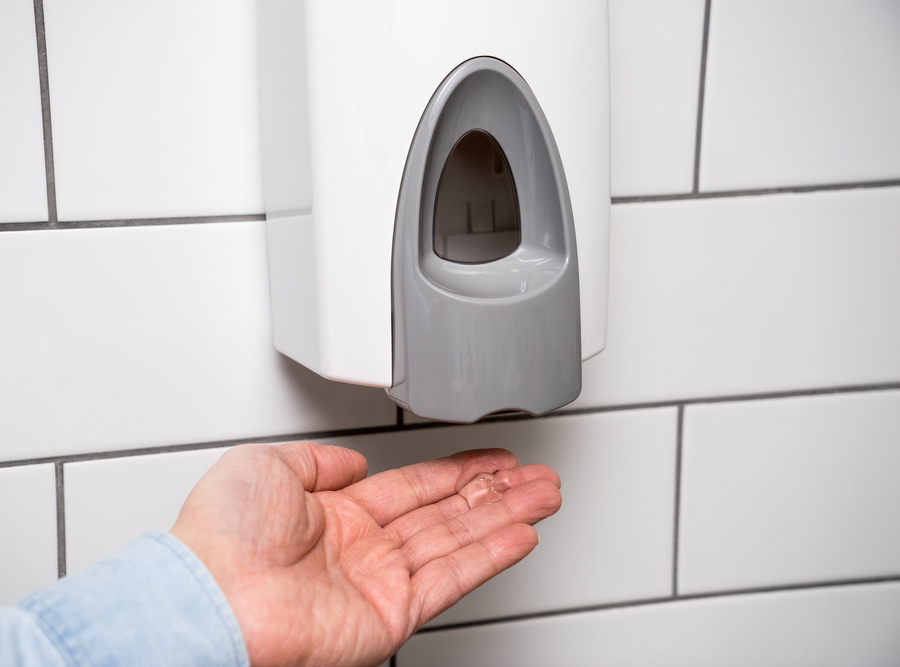The message from the outset of the coronavirus was clear – wash your hands. All of a sudden we all became experts on a subject that in truth lots of us didn’t know enough about in the first place.
Some were following Boris Johnson’s advice and singing happy birthday twice at the sink, much to the amusement of anyone in earshot. Others watched videos on how to wash our hands properly, instantly making us realise what a bad job we’d been doing up until this point.
The advice was, and still is, that we should wash our hands with soap and water in the first instance. However, when this isn’t possible or convenient, this is where hand sanitiser can be an effective alternative.
But what do we need to know in order to use hand sanitiser effectively? Following the launch of our range of hand sanitiser stations, we decided to find out.
1. Ensure it contains at least 60% alcohol
The use of alcohol to kill germs and dates back to the 14th century when it was used by French physician Guy de Chauliac for military dressings. He recognised what is still understood to this day – that alcohol can be used as an antiseptic.
It is recognised that an alcohol by volume (abv) of between 60% and 95% is required in order to kill microorganisms, antibiotic-resistant bacteria and many different types of virus, including coronavirus. Anything under 60% may simply reduce the growth of germs as opposed to killing them.
There are different types of alcohol and chemical compounds that are commonly combined to produce hand sanitiser; isopropanol, ethanol and n-Propanol.
In the wake of the COVID-19 outbreak, the World Health Organisation (WHO) produced a guide for companies and distilleries looking to produce hand rub, giving them the formulas that they recommend.
2. Use enough to cover both hands
In order for hand sanitiser to be effective, you should use enough to cover both of your hands completely. The includes the backs of the hands, around the fingernails, in between the fingers and around the wrists.
Often people are guilty of not using enough sanitiser, either to make bottles last longer or for speed. However, it’s worth noting that doing so may defeat the object of using hand sanitiser in the first place.

3. Leave it to dry naturally
Once hand sanitiser has been applied and rubbed in, it is very important that it is left to dry naturally. If you speed up the drying process by wiping your hands then you will limit the effectiveness of the sanitising gel.
Some people find that using hand sanitiser can dry out their skin and wipe it off to try and prevent this. Alcohol gels actually dries the skin out to a lesser extent than soap and water, and some sanitisers include glycerol to try and reduce this from happening. However, many will feel that dry hands are a small price to pay when trying to protect themselves from dangerous viruses such as COVID-19.
4. Don’t stop washing your hands
Given the opportunity, the general population should still wash their hands with soap and water as their first option. As well as killing enveloped viruses such as coronavirus, soap can also kill nonenveloped viruses such as norovirus which alcohol cannot. Washing your hands can also remove grease and dirt which can prevent hand sanitiser from being as effective.
There are times when access to soap and water is not available, and at these times hand sanitiser is a good replacement. However, you should still then wash your hands at the next opportunity to be on the safe side. Rather than seeing hand washing and sanitiser as two different options, treat them as two complementary actions.
This advice is different in the healthcare sector where hand sanitiser normally has a higher abv and is generally preferred to hand washing.
Want to provide hand sanitiser in your premises?
If you’re an organisation that staff, customers or visitors will return to as the lockdown is relaxed, thinking about how you can give people to opportunity to sanitise their hands is a sensible safety measure. For some, bottles of alcohol gel may be deemed sufficient. However, if you’re looking for a more robust and long-term solution then you should consider our range of hand sanitiser stations.
We offer both free-standing and wall-mounted versions, and also give you the choice between manual and automatic dispensers. You can also add 70% alcohol sanitising gel to your order in different quantities to meet your needs.





